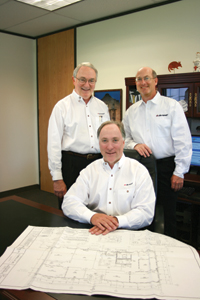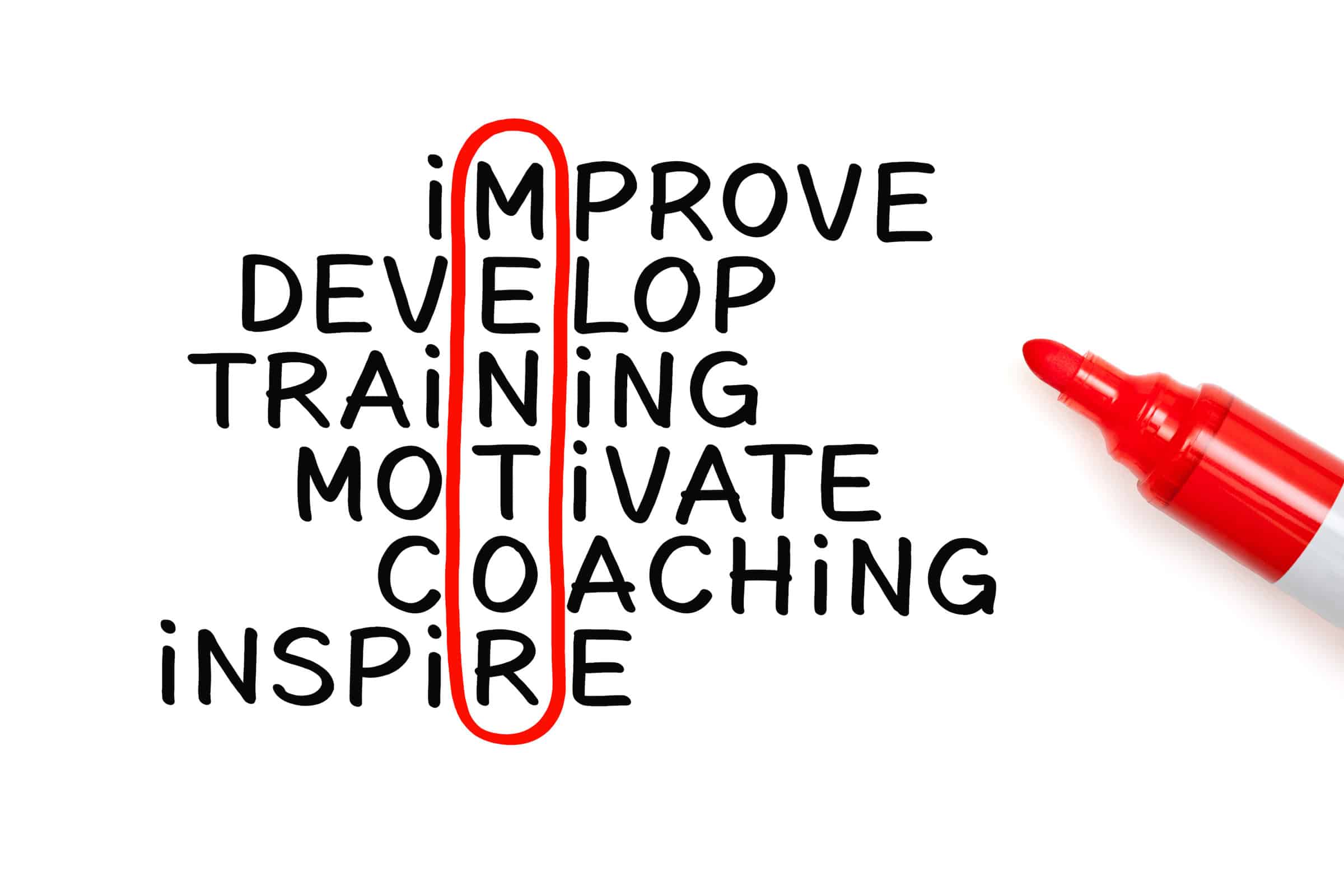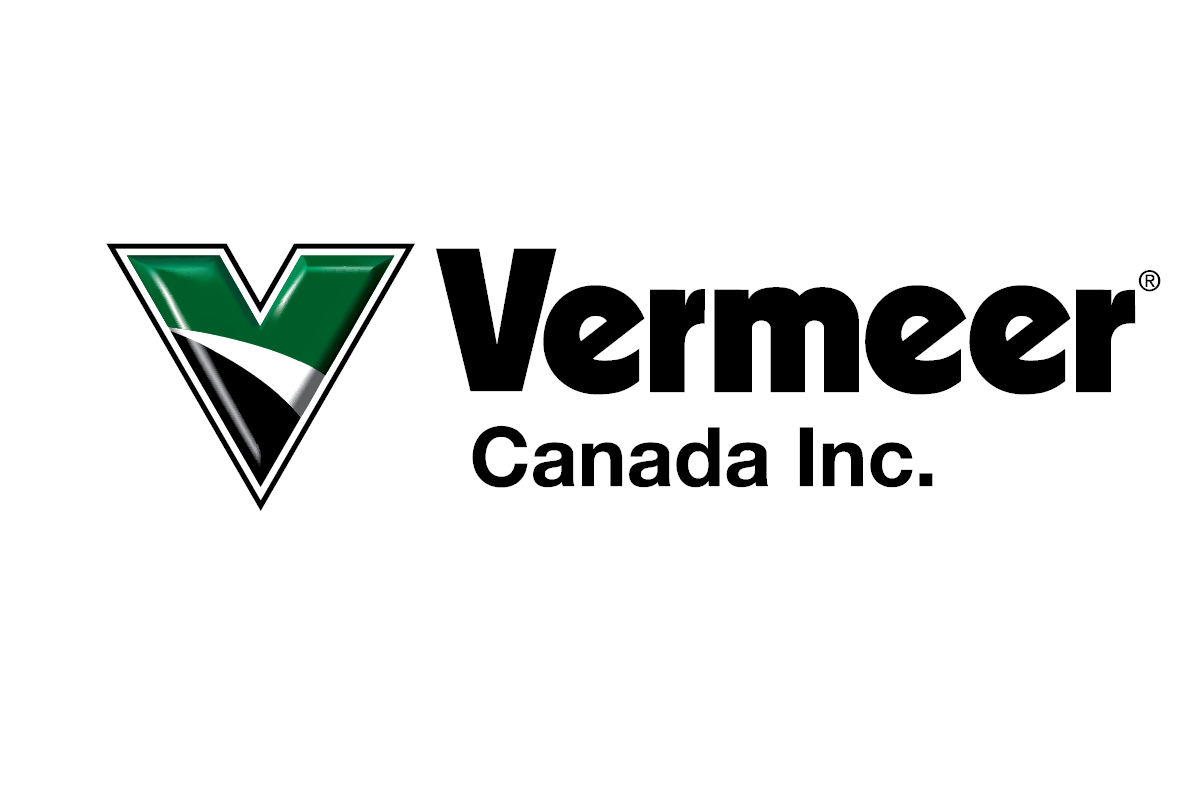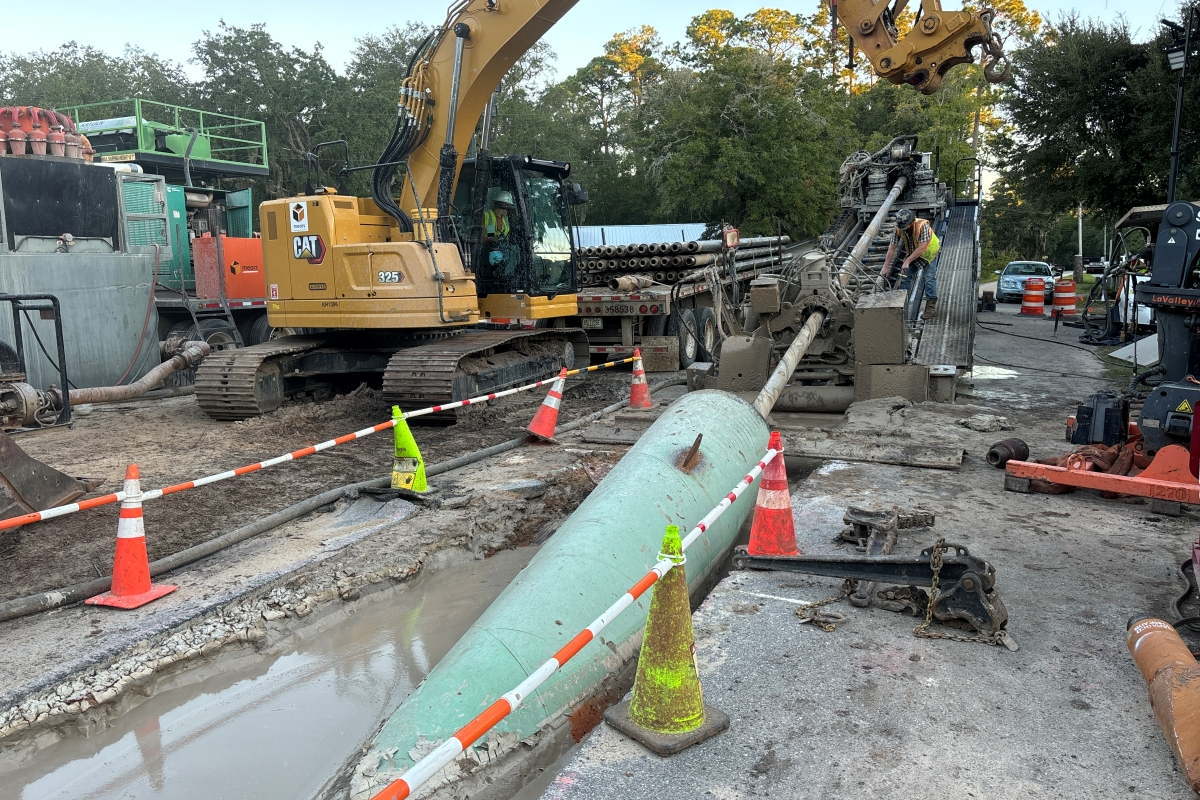Grouting Across the Globe
November 1, 2008
 There’s no question that infrastructure all over the world is in need of attention. As populations grow and the demand on aging structures increases, groundwater infiltration can take a toll on the vital pipes, manholes and treatment systems municipalities rely on.
There’s no question that infrastructure all over the world is in need of attention. As populations grow and the demand on aging structures increases, groundwater infiltration can take a toll on the vital pipes, manholes and treatment systems municipalities rely on. To address issues like infiltration and inflow (I/I), De Neef USA, a manufacturer of chemical grouts (polyurethane, acrylate and acrylic), epoxies and specialty cements, works to supply solutions to customers in need. By offering a wide range of new and existing proven technologies, the company can assist its customers in maintaining their all-important infrastructure effectively.
“Our products and services are a result of more 30 years of industry experience,” says De Neef USA president Brian Iske. “We don’t have just one product, we have numerous products to fit the variety of problems at hand. Whether the problem is in mainline sewers, manholes or treatment plants, we have a product that will offer a long-term fix.”
Coming to America
De Neef Construction Chemicals was founded in Belgium in 1972 by Herman De Neef, as a spin-off of his family’s contracting company, which specialized in bridge and highway repairs. At the time, the contracting company was having difficulty sourcing high-quality resins for jobs, including a large tunneling project taking place in Antwerp, Belgium. To accommodate this need, the company was initially established to produce epoxies for that industry, but quickly expanded into other resins and markets — including chemical grouting and water stops for the tunneling and trenchless industries.
“We truly entered the trenchless market through tunneling, as our infrastructure is mainly a collection of small diameter tunnels,” says Iske. “We were originally focused on large diameter tunneling worldwide, such as the Channel Tunnel. With everything that’s happening in infrastructure and the need for repairs to the systems, we are definitely interested in growing our position in this important industry.”
As part of the corporation’s global expansion plan, De Neef founded the United States subsidiary in June 1981 with the help of Bert Kriekemans, who acted as president. The business, which was named De Neef USA, first opened in St. Louis, Mich. Then in August 1989, the company was relocated to Houston, where it shifted from an import-only product base to a fully operational manufacturing facility. “The company’s location was moved primarily for logistical reasons,” explains Iske. “Houston’s warm water port offered more capacity and less problems than Michigan’s Great Lakes.”
Aside from easier access points for delivering and receiving products, Iske notes that the Houston-area location has allowed the company to be more centrally located to service both North and South America. Plus, the availability of raw materials in Houston is much greater than it is in the north.
As for Iske’s involvement in the company, he began his career with De Neef USA in March 1982 as its first independent sales representative in the Northeastern market. After growing his territory to be the largest represented area in the network, the company offered Iske the opportunity to buy into the business in 1995, in which he purchased half. In 2002, he purchased the rest of the company and took over as president. De Neef USA thus became a wholly-owned and operated U.S. entity, while maintaining strong ties with the former European parent.
Today, in addition to De Neef USA, the De Neef Chemicals Group has 14 locations worldwide in areas such as China, Korea, Singapore and all throughout Europe. Through the Houston facility, De Neef USA does business from Canada to Chile, notes Iske.
“The United States is our major market no question about it, but Latin America is truly a growing market and has a lot of potential,” he adds. “As we all know, the United States is [close to being] in a recession at the moment, but other areas like Latin America are not. Places like Brazil, Argentina, Chile, Columbia and Mexico are all doing quite well.”
Promoting Its Products
As the infrastructure market expands, companies must compete against a larger pool of aggressive competitors. To set itself apart from other companies, De Neef continually endeavors to create new products to provide effective and long-term solutions for infiltration and inflow issues.
“It’s a very competitive marketplace,” says Iske. “Companies, especially those with older technologies, are basically pushing a commodity. De Neef has counteracted that approach by positioning itself as the champion for new technologies. We advocate new products that will be more cost-effective in the long run. These materials are often higher priced up front but offer long-term value and sometimes that can be a real uphill battle.”
One of the main challenges the company faces against competitors and in the marketplace is a lack of knowledge or skewed thoughts about the products it offers. With such a variety of goods available for customers to choose from, De Neef must defend its offerings and their benefits to decision-makers looking to rehab their infrastructure.
“There are statements circulating that grouting is not as effective as a liner for the control of I/I,” explains Iske. “However, that may not be the case. It all depends on the type of infrastructure and the structural integrity of the asset. Historical data has proven that grouting on structurally sound manholes and pipe can be very effective and long lasting.”
In order to convince the industry and others about the validity of a new product, Iske says that the company highly invests in research and development. Through hours, days and even years of studying and testing a product, De Neef works to ensure that its products will provide a correct solution for a customer’s infrastructure problem.
 “Research and development is a cornerstone of our company,” says Iske. “Our group employs seven full-time chemists working on product development. We are investing heavily in R&D and banking on our ability to develop new chemistries, while improving the performance of our existing products to meet the ever-changing environmental regulations of the global markets. Though we are committed to validating our products in the laboratory, the real test of a company’s metal is how they transfer their solutions into the field. The De Neef contractor heritage has proven invaluable in that transmission process to those who may be skeptical of different materials and methods.”
“Research and development is a cornerstone of our company,” says Iske. “Our group employs seven full-time chemists working on product development. We are investing heavily in R&D and banking on our ability to develop new chemistries, while improving the performance of our existing products to meet the ever-changing environmental regulations of the global markets. Though we are committed to validating our products in the laboratory, the real test of a company’s metal is how they transfer their solutions into the field. The De Neef contractor heritage has proven invaluable in that transmission process to those who may be skeptical of different materials and methods.”Through spending plenty of hours in the laboratory testing a product, the company looks to provide customers with a solution in the field. Being able to connect that new product with a wealth of R&D time allows De Neef to market the product to those who may be skeptical of trying a different method or material.
“All parties expect manufacturers to create products that exhibit higher performance and are easier to apply,” says Iske. “But by the same token, most engineers are apprehensive and reluctant to switch to something they haven’t tried before. Convincing them that we have an appropriate technology and have conducted the necessary research is one of the most important and toughest tasks we face in moving the industry forward to new technology.”
Although R&D is so vital to the company, the company finds that performing such tasks in creating a new product or continually improving an existing material is easier to do in Europe than it is in the United States. With more available resources in Europe, De Neef is better able to study and further develop a product overseas than in America.
“The R&D process is more cost-effective to do in Europe than it is here,” explains Iske. “More underwriting from both the industry and government is available there. This is unfortunate for U.S. companies. Here you have to wing it on your own and after 10 years of proven history, the product can be brought forward to the public works market. It’s definitely harder to develop new products in America, so we try to develop our track record with contractors in Europe first and then bring products stateside.”
To create healthier R&D opportunities in the United States, De Neef would like to join together with universities and other governmental agencies to help the company study the performance of various products to help prove their validity. Through these types of partnerships, Iske believes that the research and development of new products would benefit greatly and the United States could come in line in R&D as compared to the rest of the world.
Once a new product or idea is ready to be introduced to the industry, the company must work to showcase its latest creation. Through networking with clients, municipalities and other industry professionals, De Neef is able to shed some light on its product offerings.
“This industry is truly concerned about the environment and paying attention to the needs of asset owners,” says Iske. “Organizations such as NASSCO and NASTT have provided a great platform for networking and education on current and future issues. We find that trade shows both major and local, along with direct face-to-face contact with customers, is the most effective way to convey our story. Recognition from publications and organizations have all helped draw attention to new technology.”
To pair a customer with the right product from its line, De Neef works with its clients to determine the correct epoxy, grouting, etc., for the problem at hand. Through assessing the needs of a customer and his or her infrastructure dilemma, the company can select the needed material to take care of the project.
“As a company, we focus our team effort with engineers, contractors and owners to help a client select the correct products for their applications,” says Iske. “We really pride ourselves in having an experienced and knowledgeable staff to guide our customers in the decision-making process. We are judged not only by the quality of the products, but also on the success and ease of installation in the field. Therefore, we are driven to provide a customer with a successful solution, whether it’s a product or an application technique.”
The Next Step
To further increase the company’s abilities to manufacture its products and supply them to a broad range of clients, De Neef USA plans to expand its services once again with a new location in Latin America. With this new addition in Brazil, the company will have a second manufacturing facility in the Americas to accompany its bustling plant in Texas.
The company also plans on continuing to introduce new products to the marketplace that are effective, as well as environmentally friendly. Iske notes that around the world, the use of certain chemicals is no longer allowed, so the company is continuously working to develop new, greener products to address these concerns in various marketplaces. With seven chemical grouts with UL Listings under NSF 61 (potable water), De Neef offers the largest line of products approved for potable water applications in the industry.
“As a worldwide leader of chemical grouting materials, we strongly feel the responsibility of environmental stewardship and safety. The industry and its workers depend on us to provide them with the safest, yet most effective products possible. That’s why we spend so much time on new product development — to deliver a safe and solid solution to our customers.”
Pam Stask is an assistant editor of Trenchless Technology.




